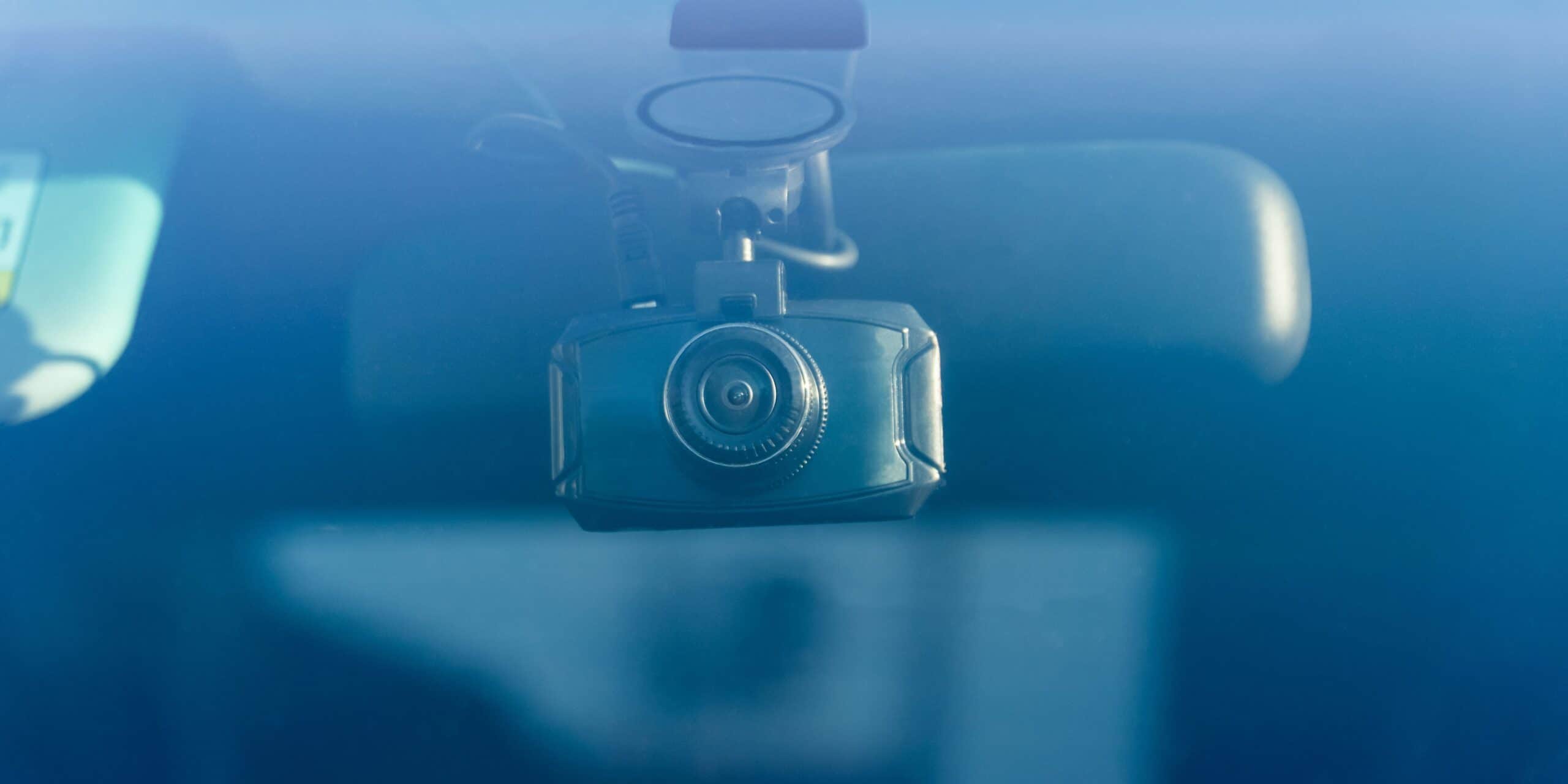The primary benefits of fleet dash cams include the ability to capture footage of everything that happens on the road and around the truck, increasing driver safety and reducing litigation risk. But a lesser-known benefit is that dash cams can lower insurance costs for fleets.
Learn all about how dash cams relate to insurance costs by reading the article below.
And when you’re finished, read more from our ‘Fleet dash cams’ article series:
- The importance of AI dash cams for cutting fleet costs
- How to keep fleets safer with smart dash cams
- Can dash cams lower insurance costs for fleets?
- Best large fleet dash cam options
How do fleet dash cams work?
A fleet dash cam uses telematics to understand a vehicle’s movements as well as road conditions, and driver behavior. If a safety-critical event takes place, such as harsh braking, fast acceleration or a full-on collision, the dash cam will upload the footage to a cloud server for easy reviewing.
Video telematics provides even more helpful information by augmenting insights from conventional telematics with additional analytics.
Telematics and artificial intelligence
Dash cams with artificial intelligence (AI) can actually monitor hazards on the road and provide real-time alerts for changing traffic conditions or potential collisions. These systems have camera sensors that recognize pedestrians, vehicle lanes, and distances to other vehicles.
In the event of an accident, the dash cam footage is recorded, stored in the cloud, categorized, and easily searchable. The footage leading up to the accident, during the incident, and after everything happened can be used to exonerate a driver from false claims. And the dash cam’s telematics capabilities will capture the speed at which the driver was traveling, while the video recording will show exactly what happened.
Video telematics with AI and machine learning also flags important moments, making it easier to coach driving habits and reward good driving.
How dash cams impact truck fleet insurance costs
While adding dash cams to your fleet likely won’t provide instant savings, many insurance companies offer premium discounts or credits. Fleets that have safety programs in place, with dash cameras, can reduce the likelihood of an accident and avoid false claims and costly litigation processes.
Here are some of the key factors that contribute to dash cameras lowering fleet insurance rates.
Evidence for truck fleet insurance claims
In the event of an accident, commercial drivers will likely face scrutiny. Even when a driver does everything correctly, they can still find themselves with a claim filed against them.
This can have significant financial and legal consequences, even when there is no substantial evidence in the case. However, a dash camera can show exactly what the driver did or did not do leading up to the accident, as well as after the collision.
This footage can be crucial in finding fault liability. It can also help with the process of completing a truck fleet insurance claim faster and more accurately. Video footage from dash cams will block the chance of a sudden premium increase as well.
Lowered legal fees
Fleet companies and their insurance providers could end up spending a lot of money defending their position in the aftermath of an accident. Inherently, mounting a defense is often very expensive.
But when you have evidence in the form of footage captured by a dash cam, cases are often resolved faster. Dash camera footage can be viewed easily, instantly, and even remotely, to prove what happened. Removing the need for lawyers and their fees to be involved. The money you will save by not having to pay legal fees will cover the costs of dash cams.
Safer driving
Safety programs are integral for effective fleet management and risk reduction. Dash cams can monitor and score a wide range of driving behaviors. Fleet managers can then use the scores and videos of safety-critical events to coach driving habits and reward drivers. Drivers who get bonuses or raises based on driving behavior tend to have safer driving records, too.
Monitoring hazards on the road is also important for drivers and fleets alike. The in-cab alerts from the dash cam and its accompanying artificial intelligence software provide drivers with valuable feedback that can potentially save lives.
Some dangerous driving activities that fleet managers can rely on a dash camera to capture include the following:
- Tailgating other vehicles
- Making dangerous lane changes
- Eating or smoking
- Performing unnecessary fast acceleration
- Engaging in dangerous cornering
Lowering truck fleet insurance expenses and improving safety
Implementing dash cameras into your fleet can both lower fleet expenses and improve driver safety. Truck fleet insurance premiums are based on many factors, including driving history and safety features. Adding a dash camera can lower insurance costs while coaching drivers and encouraging safe driving behavior.
FAQ
Police can request to view dash cam footage if it is relevant to an investigation or incident. However, in most cases, they would need a warrant or your consent to seize and examine the dash cam itself.
Yes, truck fleet insurance companies generally appreciate dash cam footage as it can provide valuable evidence in the event of an accident or incident, helping to establish fault and liability more accurately.
No, you do not need to register a dashcam in most places. Dashcams are considered personal recording devices, and there are typically no legal requirements to register them with any authorities.


